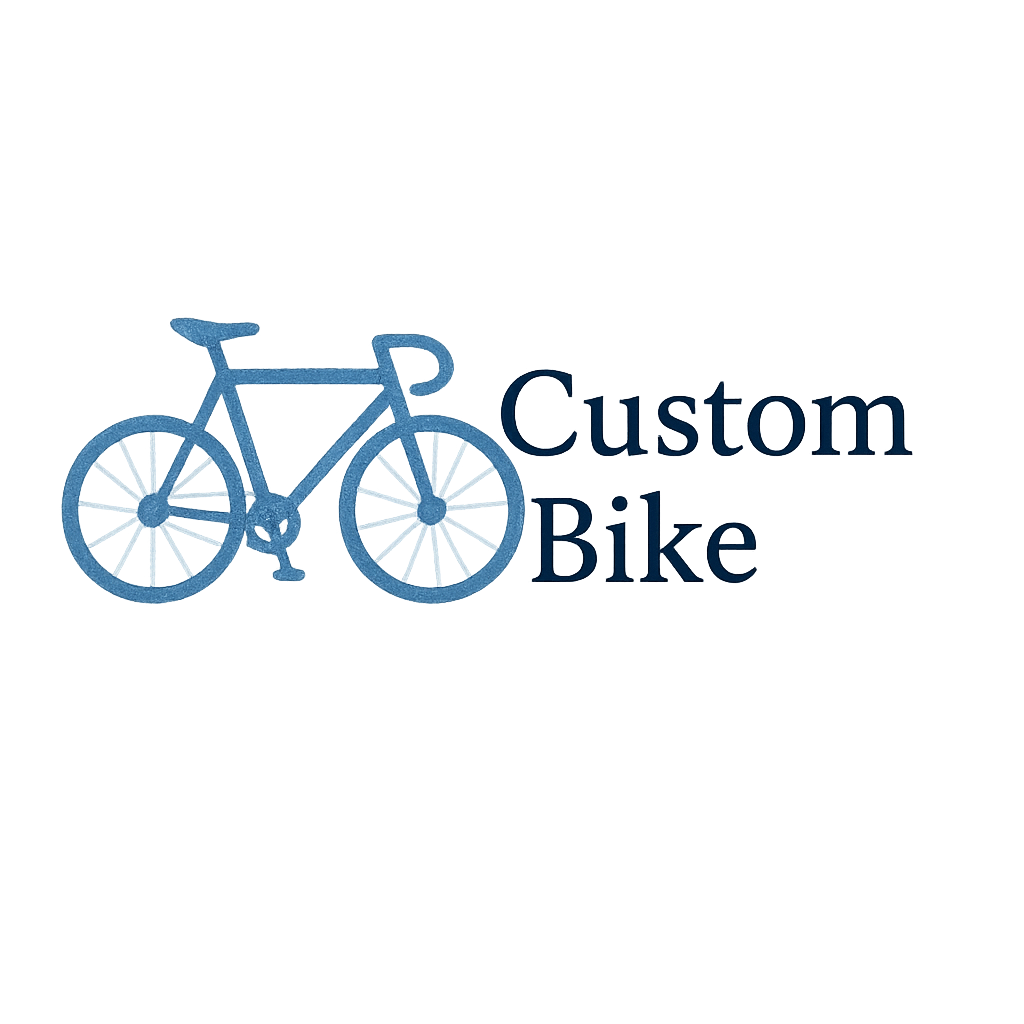Introduction: The Daily Struggles of Urban Commuting
Riding an urban commuter bike can feel like freedom on two wheels—until problems start piling up. Flat tires, squeaky pedals, and unreliable brakes can turn a quick commute into a daily headache. The good news? Most of these issues have easy fixes when you know what to look for. In this guide, we’ll tackle the 11 most common problems with urban commuter bikes and give you practical solutions to keep your ride smooth, safe, and enjoyable.
Whether you’re new to commuting or a seasoned cyclist, these tips will help you save time, money, and frustration. And if you’re looking for parts, upgrades, or inspiration, don’t forget to check out resources like Emporium Bikes, where you’ll find everything from bike parts to custom bike building.
Problem 1: Flat Tires on Urban Roads
Why Flats Happen So Often
City streets are filled with hazards—glass shards, nails, sharp rocks, and potholes. Commuter bikes are especially vulnerable because they’re ridden daily, often across rough patches. Flats can feel inevitable, but they don’t have to be.
Easy Fixes and Prevention Tips
- Use puncture-resistant tires or add tire liners.
- Keep tires properly inflated. Under-inflation makes punctures more likely.
- Carry a patch kit or spare tube for emergencies.
- Regularly inspect your tires for embedded debris.
For in-depth maintenance advice, see bike cleaning tips and maintenance guides.
Problem 2: Brake Issues in City Traffic
Common Brake Problems
Brakes are your lifeline in stop-and-go city traffic. Worn brake pads, stretched cables, or misaligned calipers can reduce stopping power. That’s dangerous when taxis, buses, and pedestrians are unpredictable.
How to Maintain Safe Brakes
- Replace brake pads once they’re worn thin.
- Tighten and lubricate cables.
- Align calipers for even contact.
- Consider upgrading to disc brakes for better performance in wet weather.
Check out performance upgrades if you’re ready to step up your braking power.
Problem 3: Chain Slipping and Poor Gear Shifts
Why Chains Slip in City Riding
Frequent stopping and shifting wears out chains quickly. If your chain skips when you pedal hard, it may be stretched or your cassette teeth are worn.
Fixes for Smooth Shifting
- Keep your chain clean and lubricated.
- Adjust derailleur tension for precise gear changes.
- Replace the chain before it wears out the cassette.
Learn more from bike project tips and how-to-build guides.

Problem 4: Rust and Corrosion from Weather Exposure
Causes of Rust on Commuter Bikes
Rain, snow, and salty roads are brutal on metal parts. If you park outdoors, rust is inevitable unless you take action.
Smart Solutions to Prevent Rust
- Wipe your bike dry after rain.
- Apply anti-rust spray or chain lube regularly.
- Store your bike under cover when possible.
For more on protecting your bike, see custom bike care.
Problem 5: Squeaky Pedals and Creaky Bottom Brackets
Why the Noise Happens
That annoying squeak usually means metal parts are rubbing without enough lubrication. Loose pedals or a worn bottom bracket can also cause creaks.
How to Silence the Squeaks
- Grease pedal threads before reinstalling.
- Tighten crank arms and pedals securely.
- Replace worn bearings if necessary.
If you’re into custom bike building, upgrading your bottom bracket can transform your ride.
Problem 6: Loose or Wobbly Wheels
Causes of Wheel Instability
Hitting potholes or curbs can knock wheels out of true. Loose hubs or quick-release skewers can also make wheels wobble dangerously.
Fixing and Preventing Wobbles
- Check and tighten quick-release levers.
- Get wheels trued at a shop if they wobble.
- Maintain spoke tension to prevent long-term damage.
For wheel-related tips, explore bike parts and components.
Problem 7: Poor Night Visibility
The Danger of Low Visibility
Many commuter accidents happen because riders aren’t seen. Reflective gear alone isn’t enough in low light.
Upgrades for Safe Night Riding
- Install bright front and rear LED lights.
- Add reflective tape to your frame and wheels.
- Use a high-visibility vest or backpack cover.
Find design ideas at bike design and styles & trends.
Problem 8: Heavy Loads and Carrying Capacity
Struggles With Carrying Cargo
Groceries, laptops, or gym gear can make commuting awkward if you rely only on a backpack. It strains your shoulders and affects balance.
Solutions for Heavy Loads
- Install a rear rack or panniers.
- Use a front basket for lighter items.
- Consider cargo bikes for larger loads.
For creative carrying setups, see inspiration and art bikes.
Problem 9: Stiff or Uncomfortable Ride
Why Urban Bikes Feel Stiff
City frames prioritize speed and durability, often sacrificing comfort. Combine that with rough roads, and your commute feels like riding a jackhammer.
Ways to Improve Comfort
- Switch to wider, cushioned tires.
- Upgrade your saddle to one designed for commuting.
- Add suspension seat posts or ergonomic grips.
Check out smooth ride hacks for more comfort solutions.
Problem 10: Bike Theft in Cities
Why Theft is a Major Concern
Urban bike theft is rampant. A simple cable lock won’t cut it—professional thieves can snip it in seconds.
Anti-Theft Strategies
- Use a high-quality U-lock.
- Lock both frame and wheels.
- Park in well-lit, busy areas.
- Consider GPS trackers for high-value bikes.
For long-term bike protection, explore essential items.
Problem 11: General Wear and Tear
Normal vs. Problematic Wear
Daily commuting means your bike endures constant stress. While some wear is natural, ignoring it can shorten your bike’s lifespan.
Extending the Life of Your Bike
- Replace consumables like chains, brake pads, and tires regularly.
- Keep bolts tightened and parts lubricated.
- Schedule seasonal tune-ups.
Get more tuning tips and maintenance advice.
Extra Tips for Maintaining Urban Commuter Bikes
Regular Cleaning and Lubrication
A clean bike is a happy bike. Dirt buildup accelerates wear on chains, gears, and brakes. Wash your bike and re-lube the chain regularly.
Tuning for Peak Performance
Every bike deserves a little TLC. Adjust gears, brakes, and tire pressure weekly for a smoother, faster, and safer ride. Check performance upgrades for ideas.
Conclusion: A Smooth, Stress-Free Ride
Urban commuting doesn’t have to be a battle between you and your bike. With the right care and a few smart upgrades, you can solve the most common problems before they ruin your ride. From flat tires to squeaky pedals, each issue has a practical solution that keeps your commute fast, safe, and enjoyable.
When in doubt, explore expert resources like Emporium Bikes for everything from bike parts to custom bike care. A little attention goes a long way—so keep riding and keep smiling.
FAQs
1. How often should I tune my commuter bike?
At least once every season, but check brakes, tires, and gears weekly for small adjustments.
2. What’s the best way to prevent flats in the city?
Invest in puncture-resistant tires and check tire pressure regularly.
3. Can I ride my commuter bike in the rain?
Yes, but make sure to clean, dry, and lubricate it afterward to prevent rust.
4. How do I make my ride more comfortable on rough city roads?
Upgrade to wider tires, ergonomic grips, and a cushioned saddle.
5. What’s the safest lock for city commuting?
A hardened steel U-lock combined with a cable lock for wheels.
6. How do I know if my chain needs replacing?
If it skips gears or looks stretched, it’s time to swap it out.
7. Should I build a custom commuter bike?
If you want the perfect fit and features, check out custom bike building.


